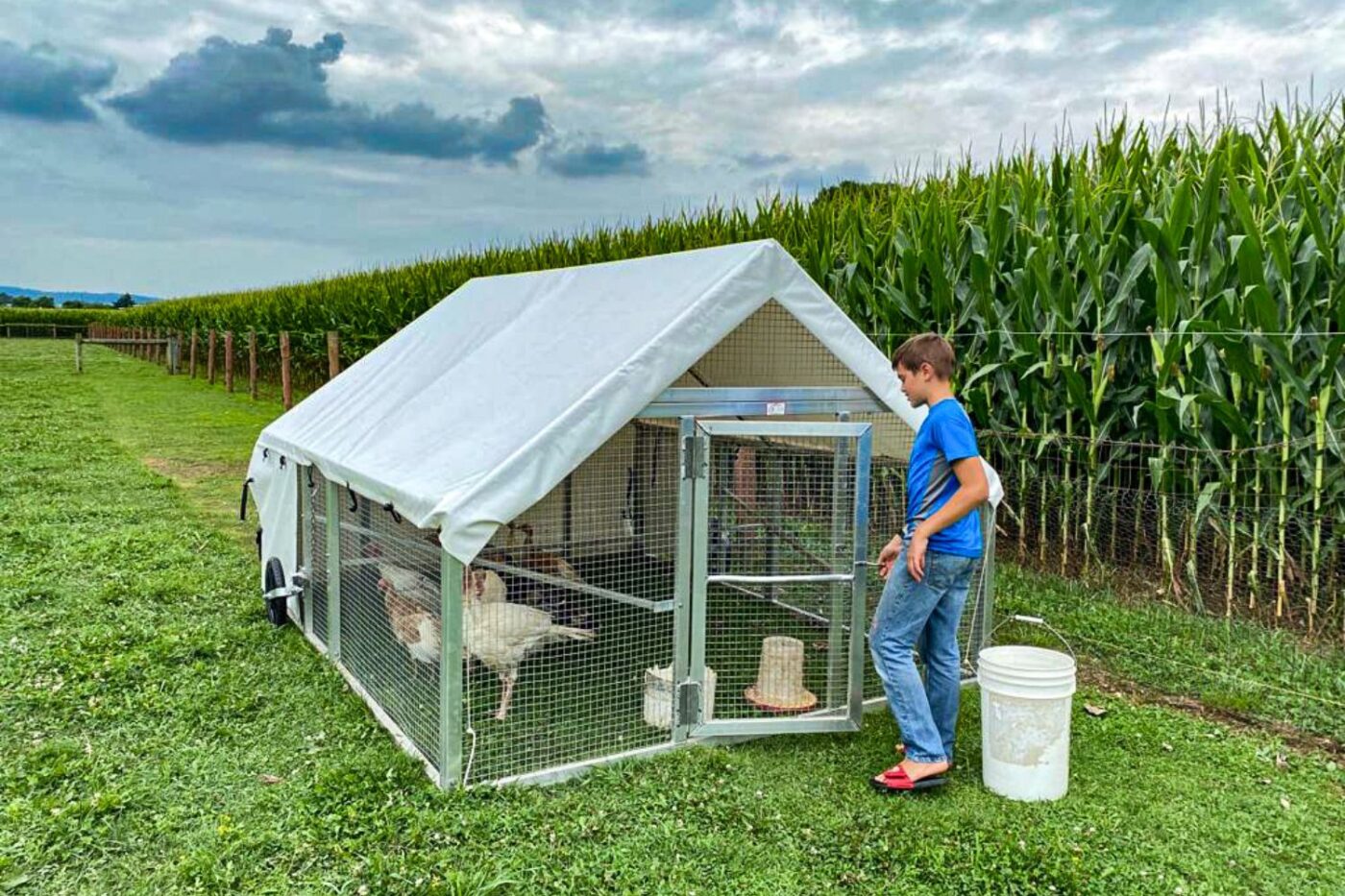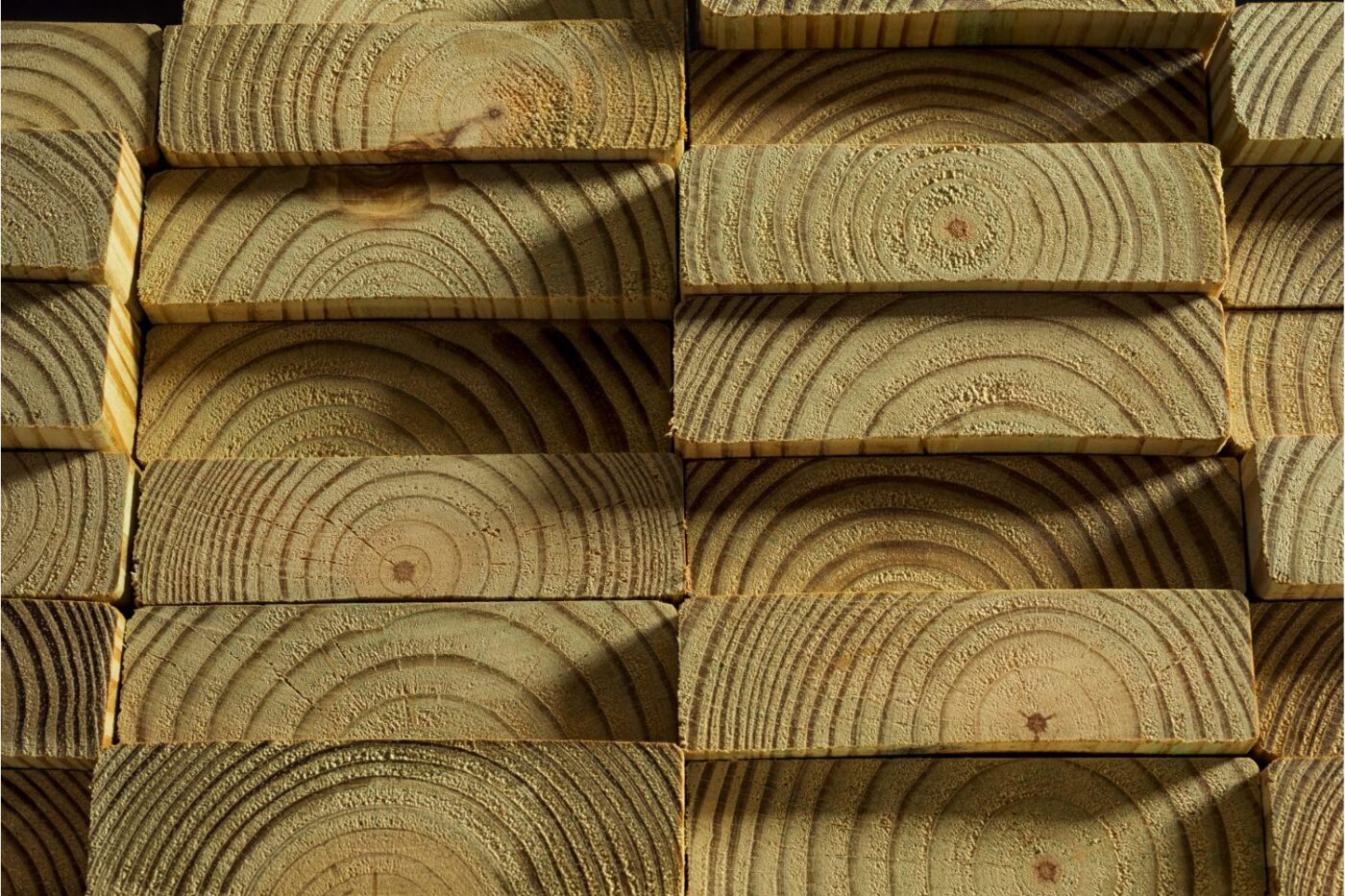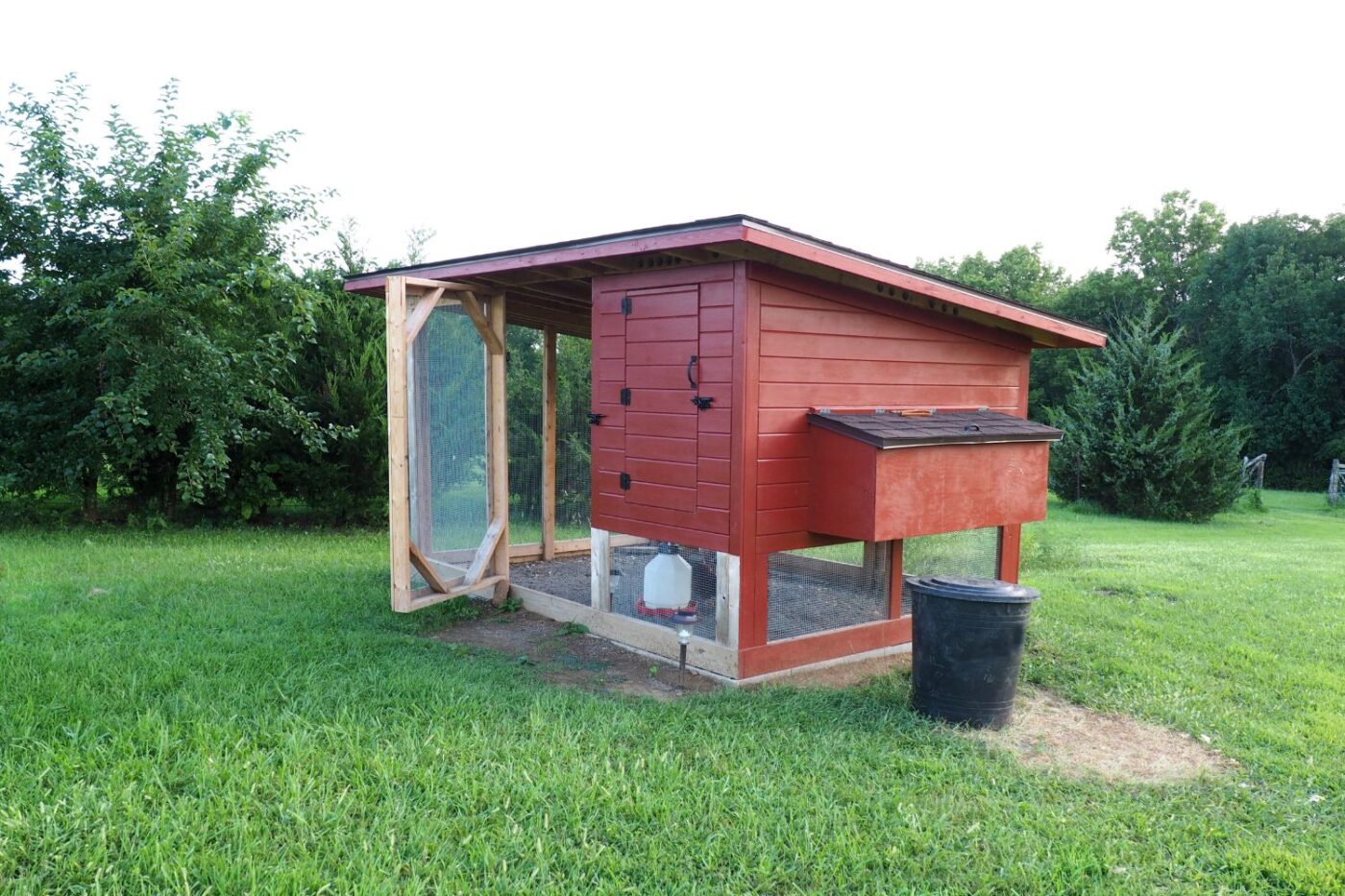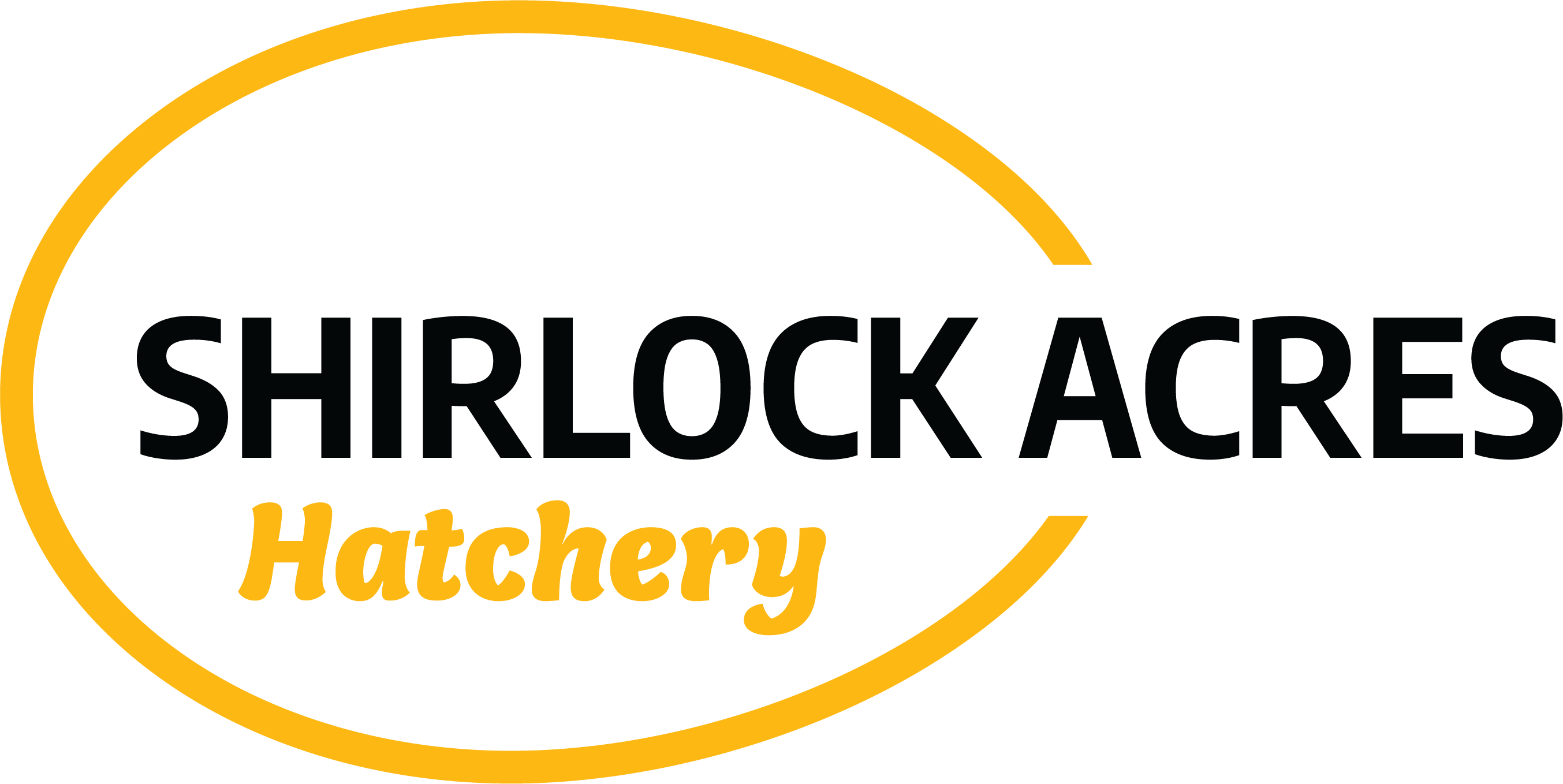
Muscovy ducks are known for their unique characteristics and friendly personality. If you’ve decided to bring these feathered friends to your backyard, it’s important to make sure they have a safe and comfortable place to stay. In this blog, we’ll explain how to build a DIY Muscovy Duck House for your feathered friends. From design considerations to construction tips and materials, we’ve got you covered in creating a comfortable home for your Muscovy Ducks.
Muscovy Duck House | Understanding The Needs
Before getting into the construction process, it’s important to understand the specific housing needs of Muscovy ducks. Muscovy ducks are known for their adaptability and independence, but a well-built house can greatly enhance their well-being.
Before building a house for your feathered friends, consider the following factors.
Space Requirements
Muscovy ducks love space, both indoors and outdoors. Plan and prepare for at least 4 to 6 square feet of indoor space per Muscovy duck, and make sure you have ample outdoor space for them to forage and roam.
Secure Measures
Implement secure doors and windows to protect your Muscovy ducks and Muscovy ducklings from predators such as dogs, domestic cats, foxes, raccoons, owls, hawks, and herons. When building your Muscovy duck house, make sure you raise the house off the ground to deter digging animals and use sturdy materials to withstand potential attacks from predators.
Light and Ventilation
Proper ventilation is important to prevent humidity and ensure fresh air circulation. Muscovy ducks benefit from exposure to natural light, so add windows or openings to allow sunlight into the duck house.
Design Considerations | Muscovy Duck House

Now that you understand the important needs of Muscovy ducks let’s get into the design considerations for your Muscovy duck house to create a functional and comfortable space for them.
House Orientation
Set up your duck house to maximize sunlight exposure while offering shade during hot days. Make sure the winds don’t create drafts, and make sure you place your Muscovy duck house in a spot with good drainage to avoid and prevent flooding.
Easy Cleaning Access
Design the duck house with floors that you can take out, to make it easy to clean. This will help maintain a hygienic environment and prevent the accumulation of waste.
Roosts and Nesting Boxes
Muscovy ducks like secluded nesting spaces. Include nesting boxes with hay bedding for laying eggs or straws; also, add roosting bars for your feathered friends to perch comfortably.
Ducks Accessibility
When building your Muscovy ducks, make sure you add ramps or provide low entry points to allow your Muscovy ducks to enter and exit the house easily.
Materials for Building a Muscovy Duck House

Choosing the right materials is important for the durability and functionality of your Muscovy duck house. If you’re looking to build a wooden Muscovy duck house, below is a list of materials commonly used in DIY wooden duck house construction. You can also convert a shed or other outdoor structure into a duck house, so long as you keep your ducks’ safety in mind!
Exterior Frame: Pressure-treated lumber
To ensure durability and resistance to decay, use pressure-treated lumber for the frame. This will also protect the house from the elements.
Siding: Plywood or marine-grade plywood
Cover the exterior with marine-grade plywood or plywood for a sturdy and weather-resistant finish. This material helps maintain insulation and protects against moisture.
Roofing: Corrugated metal or asphalt shingles
Choose a durable roofing material such as asphalt shingles or corrugated metal to provide protection from snow, rain, and sunlight.
Flooring: Vinyl or linoleum
For easy cleaning and maintenance, think about using vinyl or linoleum flooring. These materials are water-resistant and make waste removal more straightforward.
Insulation: Foam board or fiberglass insulation
Insulate the duck house to regulate temperature. Install insulation in walls and the ceiling to keep the interior comfortable during extreme weather conditions.
Buildings A Muscovy Duck House Step-by-Step Guide
Now that we have a solid understanding of Muscovy Duck’s needs, design, and material selection, let’s get into the step-by-step building process.
Step 1: Gather Tools and Materials
Gather all the necessary materials, including plywood, pressure-treated lumber, shingles or corrugated metal, linoleum or vinyl flooring, foam board or fiberglass insulation, nails, screws, and required tools such as a hammer, drill, and a saw.
Step 2: Build the Frame
Build the frame using pressure-treated lumber according to your design specifications. Make sure the frame is level and sturdy because that’s the foundation for the entire duck house.
Step 3: Add Siding
Attach marine-grade plywood or plywood to the frame to build the walls of the duck house. This step adds protection against elements and structural integrity.
Step 4: Install Roof
Attach your chosen roofing material securely to the top of your muscovy duck house. Make sure there is a proper slope for water runoff, and use waterproof sealant around seams to avoid leaks.
Step 5: Nesting Boxes & Roosts
Include nesting boxes and roosts in the interior of your muscovy duck house. Set them in a way that maximizes space while offering privacy for your birds.
Step 6: Insulation
To regulate temperature and create a comfortable living space, install insulation in walls and ceilings. This step is important for both hot and cold weather conditions.
Flooring
Cover the floor with linoleum or vinyl for easy cleaning. These materials are water and waste-resistant, making them a practical choice for your muscovy duck house.
Ventilation
Good air circulation is important for preventing humidity and maintaining a healthy environment for your Muscovies. Install windows to ensure proper ventilation.
Secure Doors & Windows
Install secure doors and windows to protect your Muscovy ducks from potential predators. Make sure all the openings can be closed securely at night.
Elevate the Duck House
Elevate the duck house slightly off the ground to deter digging animals and increase overall security.
Maintenance Tips for Your Muscovy Duck House

Now that you know the step-by-step process of building your DIY Muscovy duck house, let’s explore some tips on ensuring longevity and the well-being of your cairina moschatas.
Regular Cleaning
Make sure you are regularly cleaning the duck house to prevent the buildup of waste and keep a hygienic environment for your ducks.
Provide Fresh Bedding
Change and replenish bedding in nesting boxes regularly for a clean and comfortable space for your feathered friends to lay their eggs.
Check Wear & Tear
Inspect the duck house occasionally for any signs of wear and tear. Replace worn-out or damaged materials.
Ventilation
Clean openings and vents to maintain proper air circulation inside the duck house.
Seasonal Adjustments
Consider making seasonal adjustments to the duck house, such as adding extra insulation during the winter or colder months, and ensuring adequate shade during hot weather.
Building a muscovy duck house can be an exciting DIY project that provides your birds with a safe and cozy home. By considering their specific needs, using durable materials, and implementing thoughtful design elements, you’ll create an environment where your Muscovy ducks can thrive. Follow the step-by-step guide and maintenance tips in this blog to ensure an enjoyable and successful experience in duck keeping.
Aluminum Mobile Duck Coop For Sale
Are you looking for a duck house for sale instead? Look no further than Happy Farmer Mobile Coops! Happy Farmer is your source for mobile coops, and tractor coops for your chickens, ducks, and turkeys. Whether you are a homesteader or a commercial poultry farmer, we have a mobile coop that fits your needs. Enjoy the freedom of raising ducks and chickens and gathering fresh eggs with our lightweight aluminum mobile coops.




